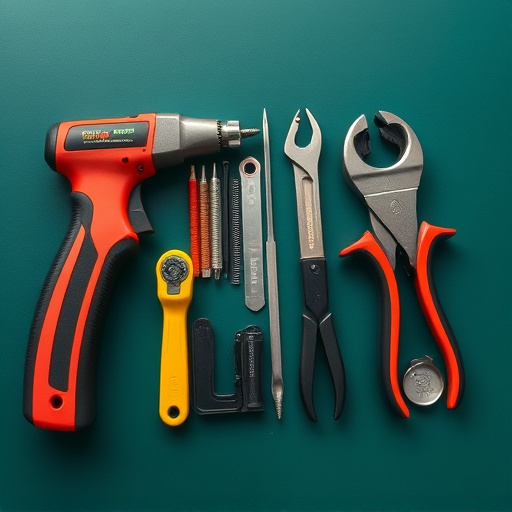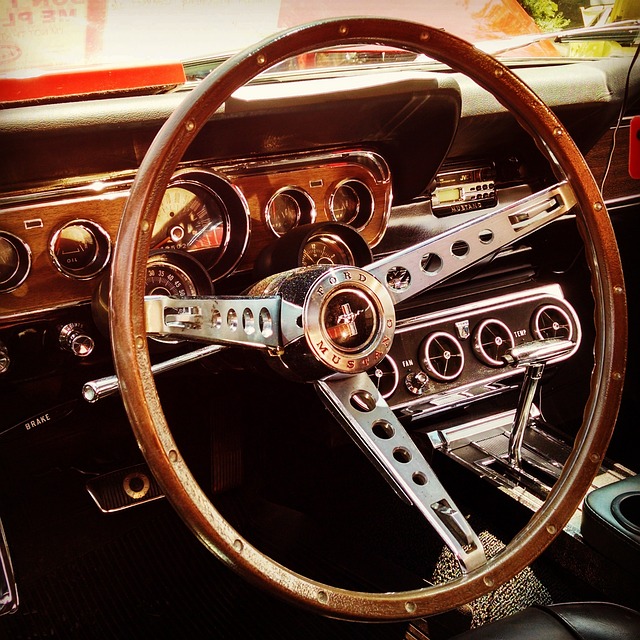Electronic measuring systems revolutionize automotive workshops by providing advanced data-driven assessments for vehicle diagnostics and repairs. Through sensors, cameras, and software, these systems capture detailed information about car components, enabling technicians to accurately identify issues missed in manual inspections. They enhance collision repair and auto maintenance, offering precise measurements that lead to more exacting repairs and improved vehicle performance. In auto detailing and collision repair, these systems streamline workflows, reduce human error, enable digital documentation, and facilitate real-time adjustments, ensuring consistent quality standards across locations.
Looking to assess an electronic measuring system? This comprehensive guide breaks down what to expect. We’ll walk you through a basic overview of these innovative systems, exploring their key components and functions crucial for accurate measurements. From manufacturing to healthcare, discover common applications and the significant benefits of implementing these advanced tools. Get ready to unlock the full potential of precision measurement technology.
- Understanding Electronic Measuring Systems: A Basic Overview
- Key Components and Their Functions in Assessment
- Common Applications and Benefits of Implementation
Understanding Electronic Measuring Systems: A Basic Overview

Electronic measuring systems are integral tools in modern automotive workshops, revolutionizing the way we assess and diagnose vehicle issues. These systems employ advanced sensors, cameras, and software to capture detailed data about a car’s various components, providing an accurate snapshot of its current condition. In the realm of auto maintenance, collision repair, and car damage repair, this technology offers immense benefits.
By using electronic measuring systems, technicians can efficiently pinpoint issues that might be missed through traditional manual inspections. These systems provide precise measurements, allowing for more exact repairs and enhancing overall vehicle performance. Whether it’s checking frame alignment after a collision or assessing the health of engine sensors, these tools ensure that every repair is based on concrete data, leading to better outcomes in auto maintenance and collision repair processes.
Key Components and Their Functions in Assessment

An electronic measuring system is a sophisticated tool that plays a pivotal role in modern vehicle assessment and repairs, especially within car body shops and car repair services. Its key components are designed to work harmoniously to ensure precise and accurate measurements, which are crucial for diagnosing and rectifying issues with car bodywork. These systems typically include advanced sensors, scanners, and software capable of detecting even the subtlest abnormalities in a vehicle’s structure.
The primary function of these electronic measuring systems is to provide detailed data on various aspects of a car’s body integrity. This includes dimensional measurements, identifying misalignments, detecting deformities or damage, and assessing the overall structural health of the vehicle. For car bodywork services, this level of precision is essential, as it enables technicians to make informed decisions, ensuring that every repair is tailored to the specific needs of the car, be it a minor dent removal or a complete car body restoration.
Common Applications and Benefits of Implementation

The versatility of electronic measuring systems makes them a common sight in various industries. From auto detailing and auto body painting to complex collision repair shop operations, these systems offer precise measurements that enhance efficiency and accuracy. By automating tasks like panel gap measurement, color matching, and damage assessment, they streamline workflows, reduce human error, and speed up turnaround times.
Implementing an electronic measuring system brings numerous benefits. It enables detailed digital documentation, facilitating before-and-after comparisons and insurance claim processing. Moreover, real-time data capture allows for immediate feedback, enabling technicians to make adjustments on the fly and ensure superior results. This technology also plays a crucial role in standardization, ensuring that repairs across different locations adhere to consistent quality standards.
An electronic measuring system (EMS) assessment offers a comprehensive evaluation of advanced metric tools, ensuring precision and efficiency. By understanding key components like sensors, data processing units, and display systems, organizations can harness the benefits of EMS in various applications, from industrial quality control to scientific research. This technology’s implementation enhances accuracy, streamlines processes, and drives informed decision-making, making it a valuable investment for modern businesses.













